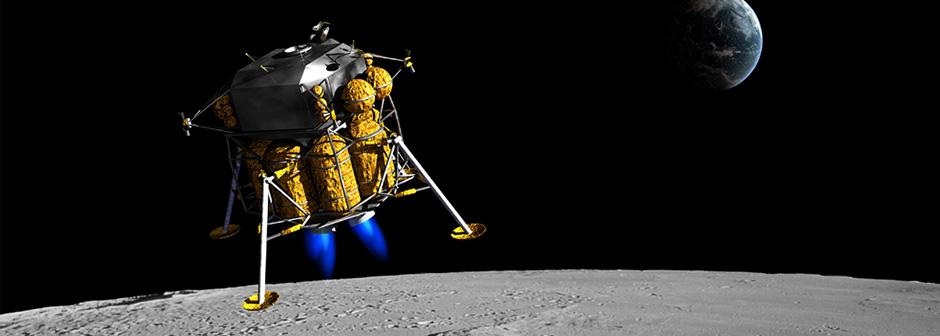LUNAR LANDER 2023

LUNAR LANDER 2023
Chandrayaan 3 is an ISRO (Indian Space Research Organization) mission with the primary objective of putting a lander and rover in the highlands near the south pole of the Moon on 23 August 2023 and demonstrating end-to-end landing and roving capabilities. It will also make a number of scientific measurements on the surface and from orbit. It comprises a lander/rover and a propulsion module. The lander/rover will be similar to the Vikram rover on Chandrayaan 2, with improvements to help ensure a safe landing. It will be carried to lunar orbit by the propulsion module which will remain in orbit around the Moon and act as a communications relay satellite.
Chandrayaan 3 launched on 14 July 2023 at 9:05:17 UT (2:35 p.m. India standard time), on a GSLV Mark 3 (LVM 3) heavy lift launch vehicle from Satish Dhawan Space Center in Sriharikota, India, into an approximately 170 x 36,500 km elliptic Earth parking orbit. This was followed by a number of maneuvers over about 40 days to bring it to the Moon. On 5 August, the spacecraft was placed into a 164 x 18,074 km lunar orbit by a 30-minute engine firing. A number of firings by the propulsion module put the lander/rover into a 153 x 163 km altitude polar lunar orbit by August 17. The Vikram lander then separated. It began its powered descent towards the surface at 12:14 UT on 23 August and landed in the south polar region of the Moon, at 69.3741 S, 32.32 E, 19 minutes later at 12:33 UT (6:03 p.m. India Standard Time). The Vikram rover was deployed on August 24 and the lander and rover conducted experiments on the surface. The lander and rover were designed to operate for one lunar daylight period (about 14 Earth days). On September 4 they entered sleep mode. Efforts to communicate with them starting the next lunar sunlight period on September 22 were unsuccessful, as was expected. The propulsion module / communications acted as a relay satellite in lunar orbit to enable communications with Earth. (Chandrayaan 2 could also have been used as a backup relay.) A number of later orbit raising maneuvers brought the propulsion module out of lunar orbit and into a high Earth orbit by November 10, possibly in order to test possible future sample return strategies.
